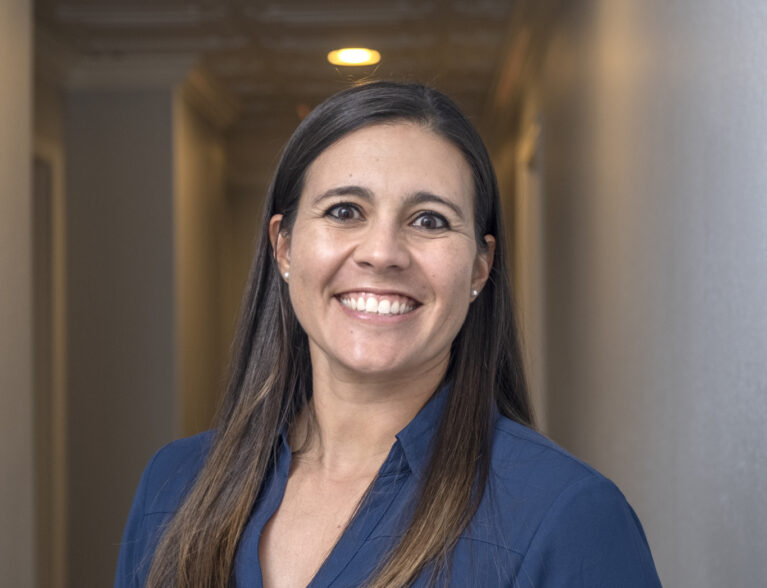
What do David Beckham, Justin Timberlake and Ariana Grande have in common? They all suffer from obsessive compulsive disorder, commonly called OCD, which the National Institute of Mental Health says is a chronic, long-lasting disorder that often interferes with work, school and personal relationships.
Dr. Susana Marikle, Psy.D., a clinical psychologist with a practice in Vero Beach, explains the two factors in the name. “Obsession consists of unstoppable thoughts that follow a theme – ‘If I don’t so this, such and such will happen.’
“Compulsion is the ritual to cope with the obsession.”
OCD can be debilitating because obsessive thoughts cause the person to engage in repetitive behaviors that interfere with their daily activities and cause significant distress if they aren’t performed to their satisfaction.
“We’ve all dealt with that feeling that we left the coffeemaker on as we’re driving off in the car,” says Dr. Marikle. “Usually, going back home to check to see that it is turned it off will be sufficient to quell our fears.
“But people with OCD will go back a second and third time and then call anyone who’s still at home to double check that it’s indeed been turned off.”
The International OCD Foundation says that adults and children of all races, ethnicities, genders and backgrounds are affected. The condition can emerge anytime from preschool to adulthood, but there are two age ranges where it most often makes its first appearance:
- Between the ages of 7 and 12.
- Between the late teen years and early adulthood, around age 20.
The OCD Foundation estimates that about 1 in 40 adults – or 8.2 million people in the United States – have OCD or will develop it at some point in their lives.
“Most of the time, OCD comes on gradually,” explains Dr. Marikle. “There are studies being done on the connection between children having strep infections and then developing OCD.”
According to Mayo Clinic, a possible relationship has been suggested between strep infection and a rare condition called pediatric autoimmune neuropsychiatric disorder associated with group A streptococci. Children with this condition experience serious symptoms of neuropsychiatric conditions, such as OCD or tic disorders.
Dr. Marikle says that genetics can be a factor in whether a child develops OCD. Another major factor is the brain’s ability to regulate itself.
The International OCD Foundation states that an imbalance in neurotransmitters can play a role in OCD, with convincing evidence that serotonin is implicated. Research has also shown that faulty levels of neurotransmitters dopamine, glutamate and GABA can contribute to the progression of OCD.
As with many mental health disorders, lack of knowledge about OCD can result in inappropriate comments and actions that spread stereotypes and confuse the issue.
For instance, highly organized people are sometimes labeled as OCD, but unless a person’s organizing behaviors are compulsions meant to reduce anxiety caused by an obsession, they are just well organized, not obsessive compulsive.
Parsing the difference between superstition and OCD, superstitions are not recurrent in nature. For example, someone may believe that breaking a mirror will cause them bad luck, so they are careful to never break mirrors.
However, someone with OCD might “obsess” about breaking mirrors, which could manifest as recurrent, intrusive and unwanted thoughts about breaking mirrors even when there are no mirrors in sight. These obsessions would cause the person distress they would try to “neutralize” by performing some type of compulsive behavior to suppress the stressful thoughts.
The good news is that treatment by a well-qualified mental health professional can work wonders, reducing the prevalence and severity of the problem.
“Exposure and response prevention is an evidence-based treatment for OCD and other anxiety disorders,” says Dr. Marikle.
“It is a type of cognitive behavioral therapy that focuses on gradually exposing individuals to their feared thoughts, images or situations while preventing them from engaging in compulsive behaviors.
“For instance, if a person has an obsession about touching doorknobs and then washing his or her hands, we start out by having that person stand next to the doorknob and touch it with the wrist. No hand washing follows.
“We work our way up to one finger touching the doorknob, then two, again without washing their hands. Over weeks, he or she learns to develop the evidence needed to cope.
“Medication can be helpful for some people, although not everyone with OCD needs it,” Dr. Marikle continues. “Since the meds regulate the neurotransmitters in the brain, as a rule, the more severe the case, the more they will help.
“The whole point of getting therapy is to need less therapy,” she adds. “You can learn coping skills for what is going on in your life. Therapy helps to dial it back.
“You may not need therapy for your whole life, but you may need medication, which is nothing to be ashamed of. It’s like wearing glasses to drive if your vision isn’t good. Just as glasses help the eyes, the medication helps your brain. There’s no shame in giving it a little help.”
Dr. Susana Marikle, Psy.D., is a licensed clinical psychologist. She earned her doctorate from Nova Southeastern University in Fort Lauderdale and completed her pre-doctoral internship at Jackson Memorial Hospital in Miami. Her postdoctoral fellowship was at the Center for Eating Disorders at the Sheppard and Enoch Pratt Hospital in Baltimore. Dr. Marikle’s practice is located at 847 20th Place, Vero Beach. The phone number is 772-663-2929.



